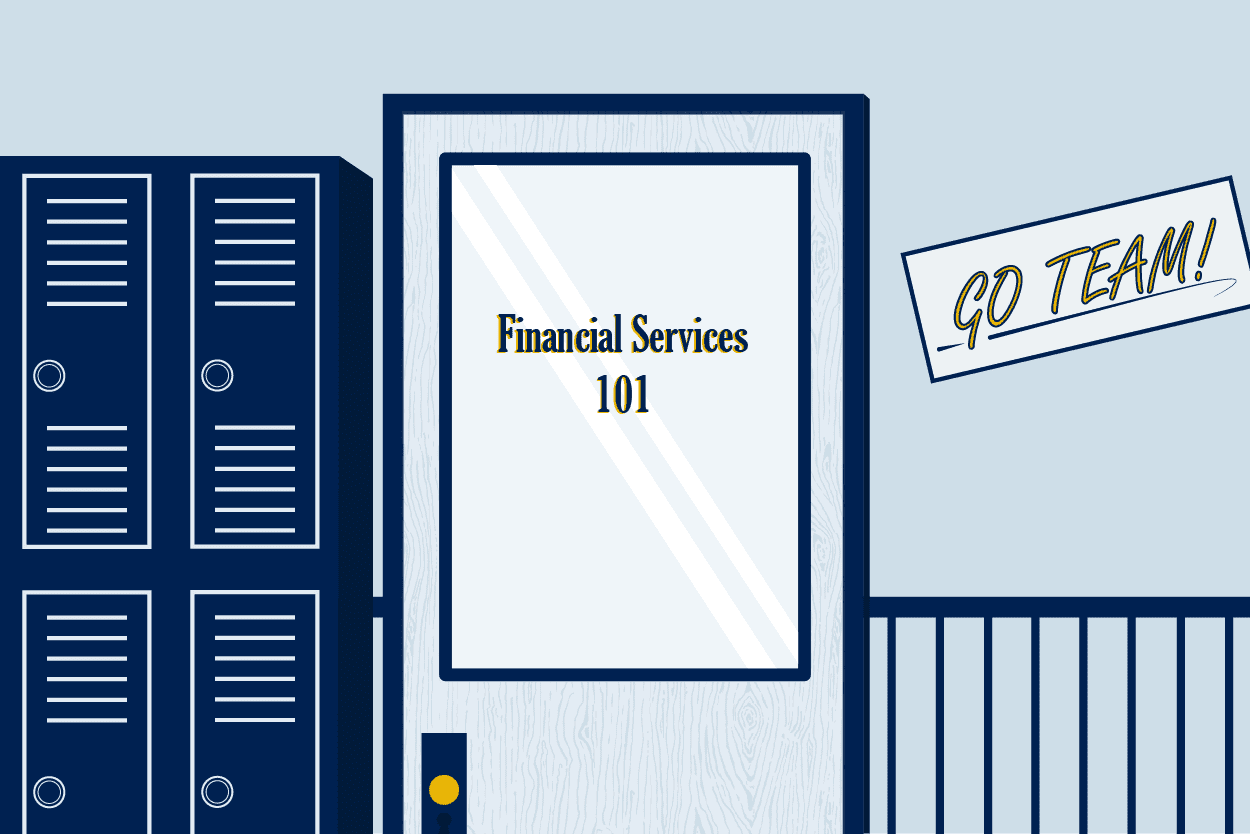What is an IBOR?
An IBOR, or Investment Book of Record, is a record of an asset manager’s trading for their investments, updated intra-day, meaning within a single day or the same day. It provides asset managers with up-to-date views of their holdings and propagates timely position data through multiple systems that a firm may have as part of its operations.
In a broader sense, an Investment Book of Record helps asset managers manage their risks in real-time by being able to see up-to-date positions within a single trading day. As a result, an IBOR makes it possible to review exposures and investment performance in real time as well, and can also be the place where a trading firm can consolidate its accounting systems.
While the Investment Book of Record is more of a front and middle office utility, it does support the whole lifecycle of a trade.
What is the difference between an Investment Book of Record and an Accounting Book of Record?
Accounting Book of Record, or ABOR, is meant for back-office use, and handles basic investment functions. It works on an accounting cost basis, after a position settles, which means its output is always trade date plus one (T+1) or longer. The assessments it generates are for a whole fund or portfolio, rather than at the trading position level.
What is a Performance Book of Record (PBOR)?
Performance Book of Record, or PBOR, surpasses both ABOR and IBOR by adding middle office capabilities, helping middle offices respond to front office needs, such as reporting for investment board packages, prospectuses or valuations. It pulls in data from additional sources such as firmwide security masters, risk models and unified investment results. PBOR’s also surpass performance measurement systems in their capability to answer complex information requests from asset owners.
Who uses IBOR and what value does it bring?
Portfolio managers use an IBOR to get accurate position information, real-time aggregated trade data and precision around their positions and risk. Firms’ middle office and operations staffs can also use an IBOR by migrating legacy systems to it; this way, they can get a consolidated view of positions to help manage portfolios, risks, trading and regulatory reporting.
How will the Investment Book of Record evolve?
According to Ben Pumfrett, Director of Middle Office Product Management at RBC Investor & Treasury Services, IBOR will develop so that its flow of information from the front office to the back office – and back again with settlement information – will better inform forecasting and therefore support liquidity management.
As a result, APIs and standard integration between various trading and investment systems will increase. The Investment Book of Record will be a critical part of that integration by providing a middle ground for consolidating data going to front-office order management or portfolio management systems.
In addition, IBOR’s transparent oversight model will evolve and get more efficient with exception-based processing. This will make it possible for asset managers to get comfortable to take data straight from the IBOR to their front office.
With greater comfort in data brought about by these improvements in IBOR, the data insights for decision making will be improved, Pumfrett concludes. Then IBOR data can be used to trigger certain operations processes and actions. This will also generate direction for what to do if trades fail, for managing liquidity, finding possible overdrafts and handling foreign exchange where needed.
Click here for information about the GoldenSource Real Time IBOR

